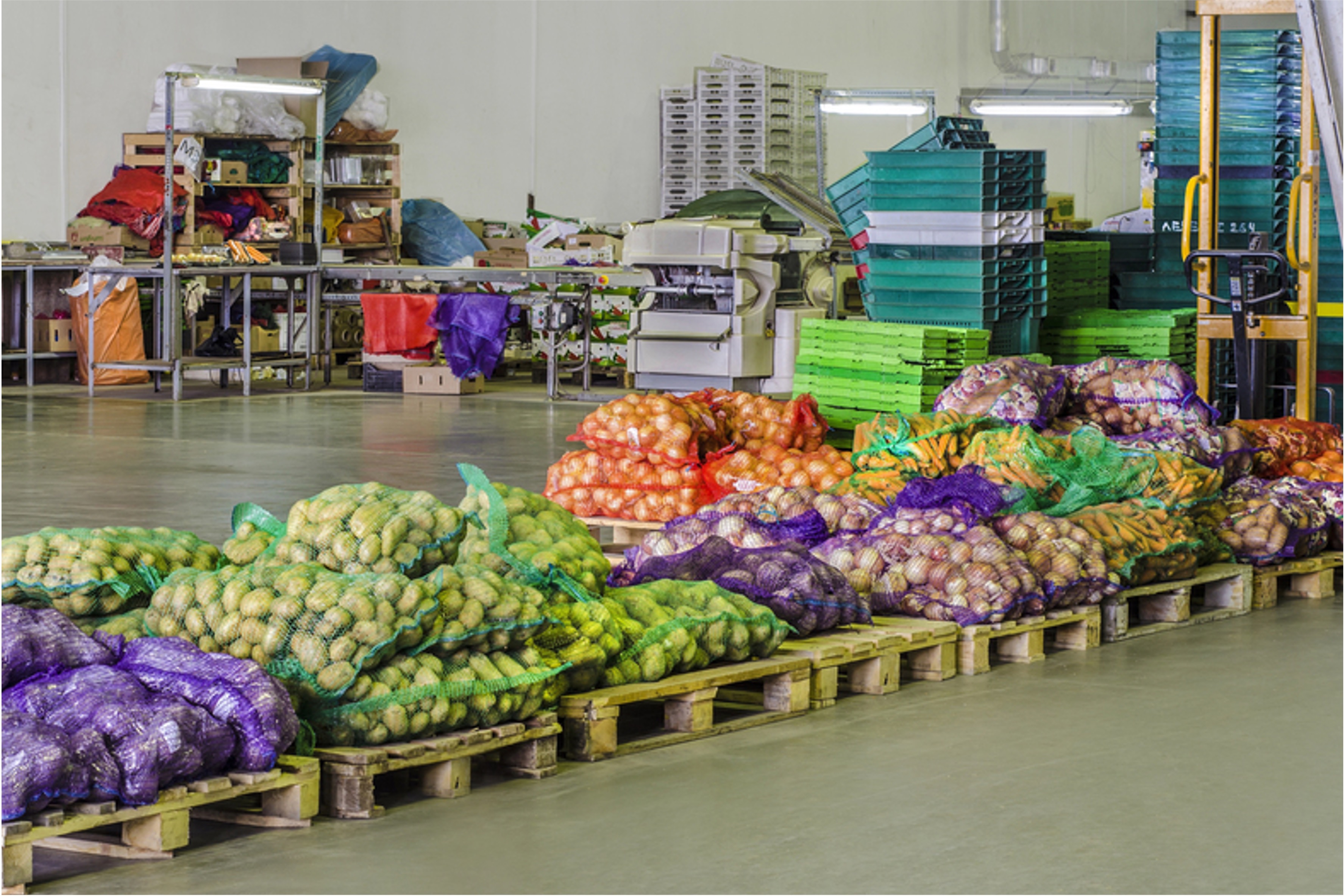Sample homogenisation — a key factor for valid analytical results!
You have demonstrated that your analytical results are valid - CHECK
You have made a lot of effort in the laboratory to improve the analytical methods - CHECK
You have optimized your quality assurance measures - CHECK
But have you ever paid attention to the process of compiling the laboratory sample and the subsequent homogenisation?
Is your sample homogenisation fit for purpose? Join the test and find out!
Please find below more information related to the concept of the test:
Material:
3 different samples of plant origin are offered. Suitable samples are selected out of the groups of citrus fruits, fruiting vegetables, stem vegetables, nuts, or oil seeds. Whole units (whole fruits/vegetables etc.) are provided as test samples.
Tasks:
The participants are requested to document the process of compiling the laboratory sample and of the homogenisation of the compiled sample. Images and corresponding explanations are asked for as well as comprehensive answers related to some additional questions about the process.
Evaluation:
The evaluation is based on a points system. Points will be awarded for compliance with legal requirements, the quality of the homogenate, the completeness and informative value of the process documentation, and the answers to the additional questions.
More than just a report:
The test includes a webinar to exchange experiences after the proficiency test.
This proficiency test is based on „Regulation (EC) No 396/2005 of the European Parliament and of the Council of February 23, 2005, on maximum residue levels of pesticides in or on food and feed of plant and animal origin“ and on „Commission Directive 2002/63/EC of July 11, 2002, establishing Community methods of sampling for the official control of pesticide residues in and on products of plant and animal origin“.
The photographical documentation as well as the answers related to the questionnaire are summarised in separate parts of the final report. For reasons of fairness, only those participants that agree to the publication of their detailed documentation will receive these parts of the report. The data will help to identify shortcomings, built the basis for further discussion and thus help to enhance the quality of the applied method.
A discount is granted for companies, which register more than one person for the test.



